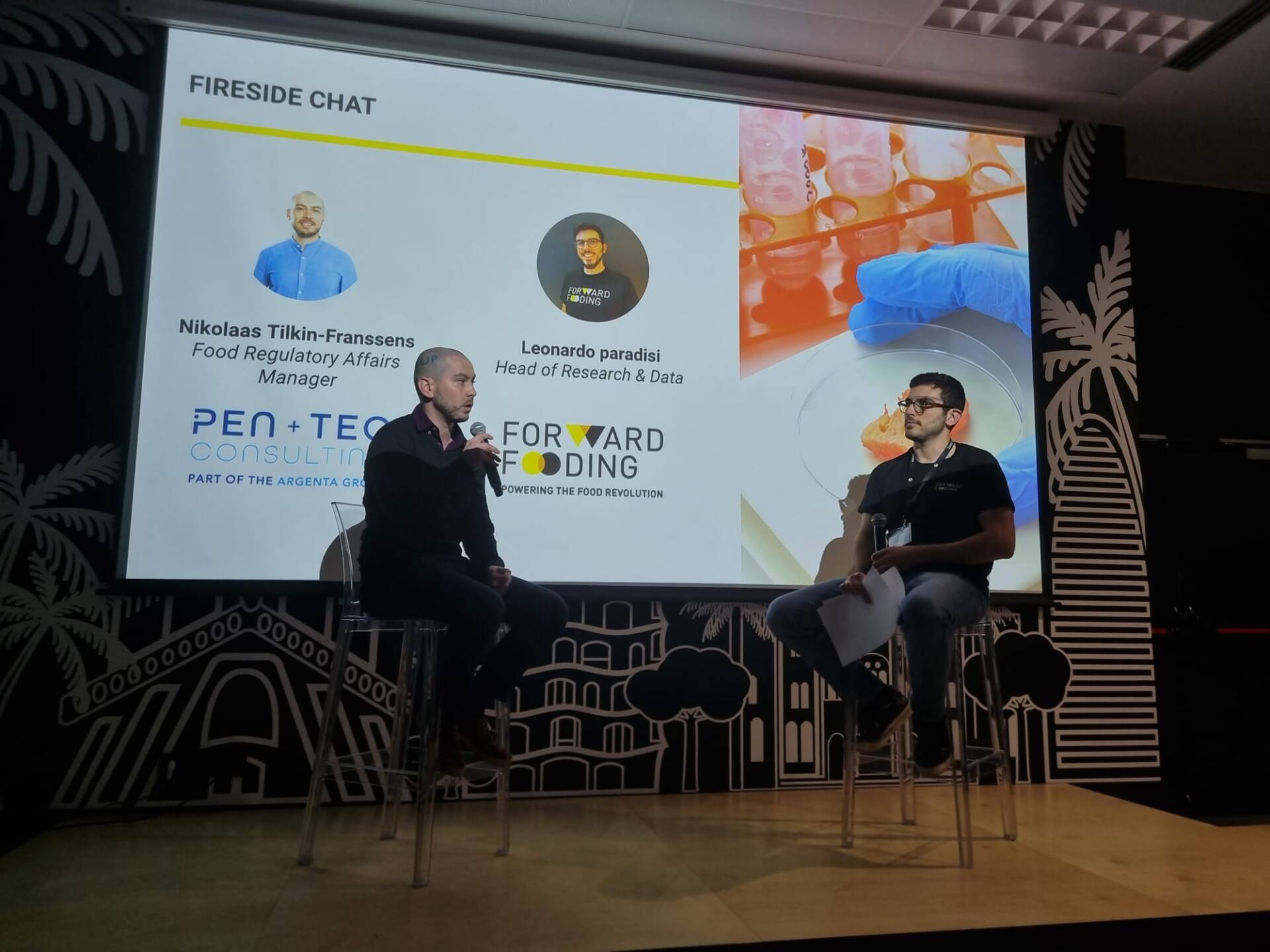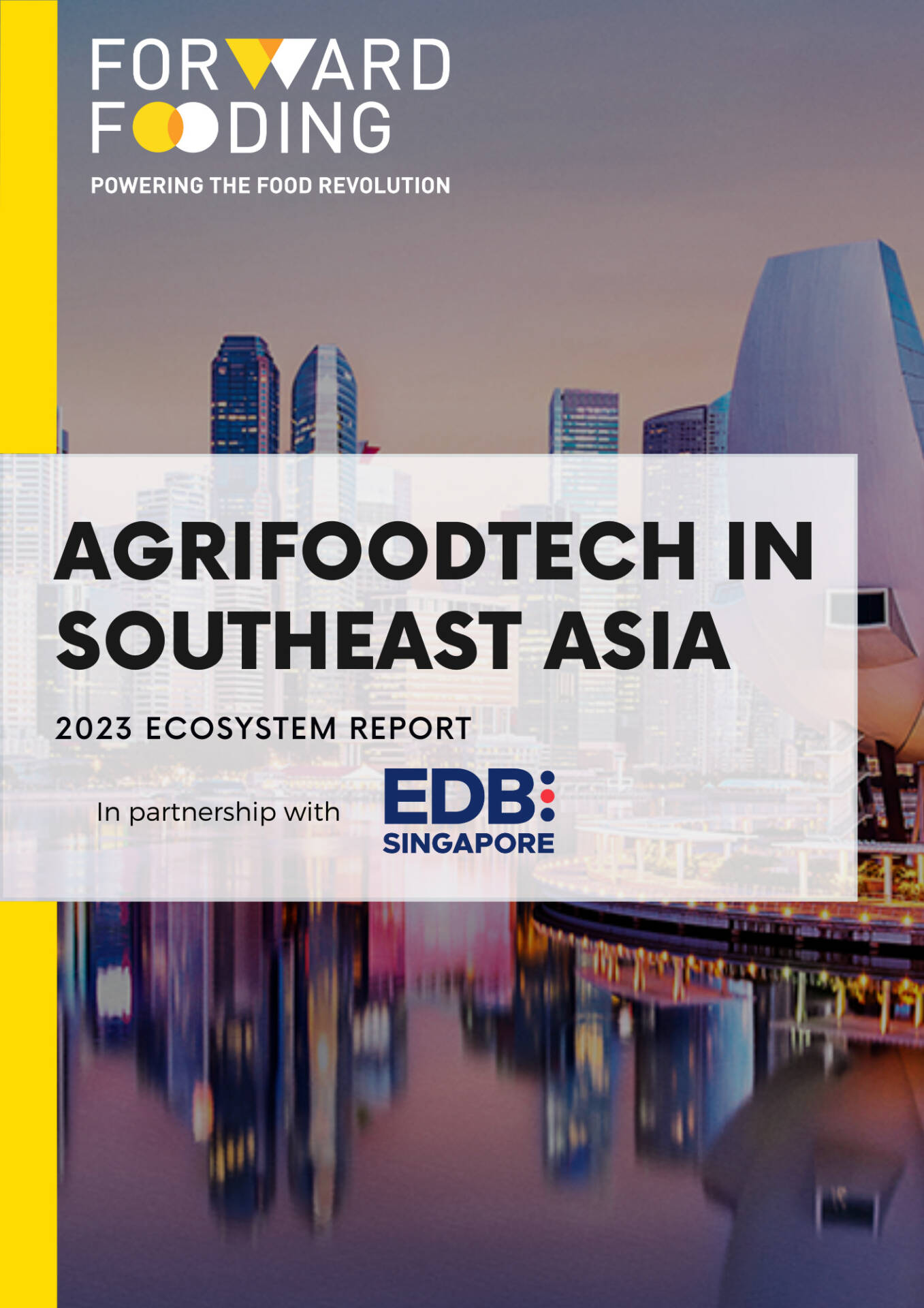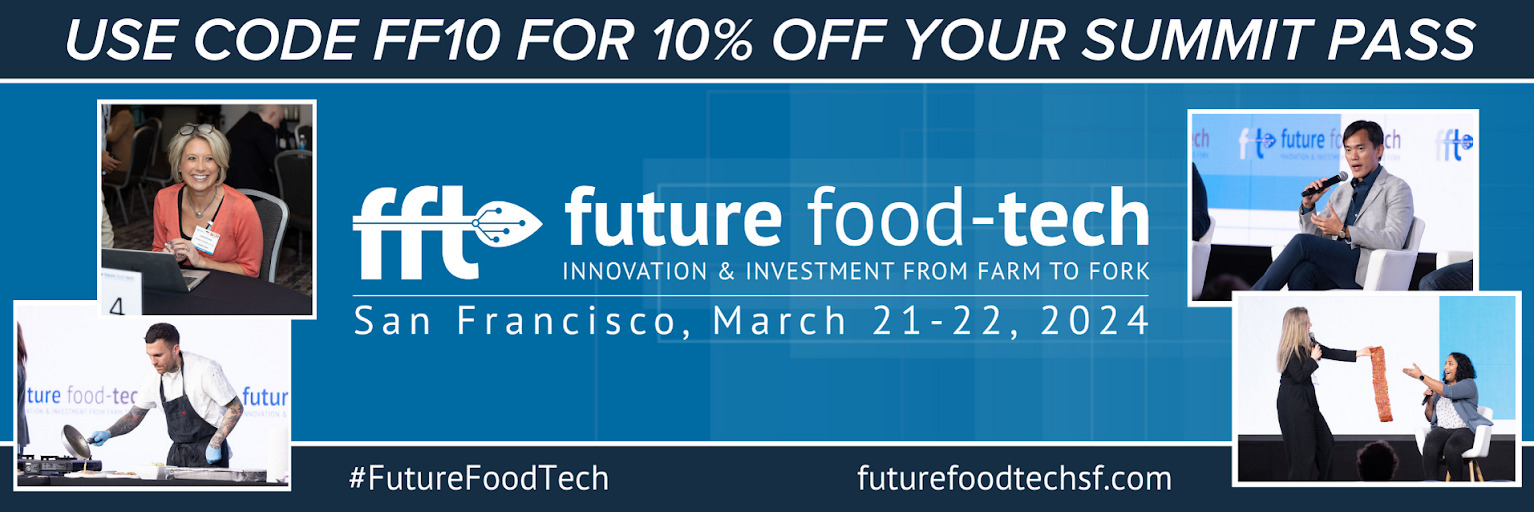FORWARD FOODING
THE BLOG
Shedding some light on the regulatory landscape for alternative proteins

The alternative protein landscape is rapidly evolving. With new ingredients and technologies being employed to create products that are increasingly similar to their animal-based counterparts, entrepreneurs are pushing the boundaries of what we eat. However, regulatory challenges can sometimes stand in the way of commercial release and expansion, hindering entrepreneurs’ growth plans.

While regulatory frameworks may seem intimidating, understanding them is essential for entrepreneurs looking to bring their alternative protein products to market and for the industry as a whole to guide its course of action. Today we speak with Nikolaas Tilkin-Franssens, Regulatory Affairs Manager at Pen & Tec Consulting. With his help, we’ll shed some light on the present and future of the regulations governing alternative proteins around the world.
1. Can you please briefly introduce your work at Pen & Tec Consulting and tell us a bit about the journey that led you to join this business?
The food industry is at a pivotal moment to change how and what foods we eat are produced. Especially alternative proteins, which generally include cultured meat, algae, insects, mycelia and the use of precision fermentation are enjoying momentum with enthusiasts on both the industry and consumer side. Though the enthusiasm is oftentimes tempered by the regulatory procedures which require producers to prove their innovative foods are safe for human consumption. In Europe, it takes between 1.5 to 5 years to get a novel food on the market. At Pen&Tec we support innovative companies to decide on the best strategy and get products on the market in the shortest possible time.
2. At our event in Barcelona last November, we discussed the regulatory challenges for different types of alternative proteins, today we will focus on cultivated meat, precision fermentation and mycelium-based proteins. Let’s start with cultivated meat: how are countries regulating lab-grown meat products worldwide? What are the most common approaches?
The main markets where the status or at least regulatory approval procedures are somehow specified are Singapore, the United States and the European Union (EU). Starting with Singapore, the prospects are most promising, where currently one product is commercially available. In Singapore, a cell-grown (also called cultivated or cultured) chicken product is already available to consumers. Since then things have turned a little silent but the authorities in Singapore are very keen to get more cell-cultured products approved. In the USA, a breakthrough was achieved last November whereby the US FDA gave green light to another cultured chicken product for the US market.
After additional steps are taken with the USDA, it can be expected cultured chicken would make its way to the US market in the coming year. In the European Union, the outlook is grimmer as potential applicants face a relatively heavier burden to demonstrate safety. Different to the USA and Singapore where authorities take a collaborative & proactive approach, EU authorities and related institutions only act when a formal application is made. To date, no application for the authorisation of a cell-cultured food has been presented yet in the European Union.

3. Can you please talk us through the EU regulatory process for novel foods? But first, what are novel foods?
In broad terms, the EU Novel Food Regulation requires that foods which have not been consumed to a significant degree in the EU before 15 May 1997 need to go through a safety evaluation before being made available to consumers. Accordingly, producers of most of the foods developed in the past roughly 25 years will need to provide extensive evidence that their food is safe and suitable for human consumption. Only following a positive safety evaluation, the European Commission and the 27 EU Member States will consider the marketing conditions, (i.e. name of the food and possible restrictions for sensitive population groups) and eventually authorise the novel food.
4. In Europe, cultivated meat products must undergo a safety evaluation as prescribed by novel food regulations. How strict is the evaluation process?
The novel food safety evaluation is conducted by the European Food Safety Authority (EFSA), based in Parma, Italy, which conducts a scientific evaluation of the safety of regulated food products. Among others, this includes novel foods, food additives and enzymes. A novel food application requires the preparation of an extensive dossier on the characteristics, proposed uses, and toxicological aspects of that innovative food to leave no doubt about its safety and nutritional suitability. EFSA frequently publishes guidance documents on the different requirements, but EFSA can also during evaluation decide that additional data is required. The preparation of the data package requires considerable resources and time, and, in order to avoid further delays in the actual evaluation by EFSA the dossier should be as complete as possible at the time of submission. Especially if additional studies are requested, which take time to execute, this can easily add several months to the timeline.
5. November marked a record for the cellular agriculture space in the US as the FDA, their regulatory body, approved the commercialization of cultured meat in the US for Upside Foods. Some seem to think this approval will have worldwide implications. Do you share this opinion? How do you envision this space will evolve from a regulatory perspective?
It is unlikely the approval of cultured chicken in the USA will have an immediate impact in other regions. The approval procedures and corresponding (best-case scenario) timelines in each individual region are a given. Though, on the positive side, the dossier presented with the FDA is publicly available and therefore provides an interesting resource to understand the data that was presented and considered to be satisfactory for the US FDA.
From an EU perspective, the approval could potentially help to increase political attention to the rise and importance of alternative proteins. A large part of the researchers and companies active in the alternative protein space operate in Europe. It is therefore advised that companies engage with their Member State authorities or European Parliament members to bring the topic to the political agenda and pinpoint that authorities in the USA take a more collaborative and facilitating approach. This could result in additional funding or even a change in law and the regulatory approval process.

6. Does approval of fermentation-derived proteins present the same challenges?
Fermentation derived proteins, or in brief terms the use of micro-organisms for the production of specific proteins resembling animal proteins, benefit from the fact that fermentation has more of an established use than the production process for cultured meats. The production process and/ or substances used in the production of cultured meat are generally more cutting-edge than fermentation-derived proteins. Especially if the micro-organism used in the fermentation process has been awarded a qualified presumption of safety by the EFSA we see opportunities for a more certain road to approval. Cultured meat is more complex, integrating different materials and processes, which complicates the regulatory approval process.
7. How can companies prepare?
By considering their regulatory strategy at the very start of their research and development. The needed strategic assessment includes deciding which markets can be targeted within reasonable timelines, identifying the studies and other data which will be required for the safety dossier and, probably the most important, the expected costs. It is crucial to determine this plan of action at the very beginning to avoid an incredible opportunity to get stuck in the complex regulatory procedures. The more informed early in the development process, the sooner required adaptations to the product and production process can be implemented and relevant studies can be initiated which can facilitate the regulatory approval process.
8. Some argue that mycelium-based food products shouldn’t fall under novel food regulations. And studies seem to confirm that there’s little difference between the composition of fruiting bodies and vegetative mycelium. So what do you think are the main concerns here?
The main question to be answered to determine novel food status is whether that food, the mycelium of that specific fungus, has been consumed before 15 May 1997. If not, it will likely qualify as a novel food for which a safety evaluation is required. The general assumption, therefore, remains that newly developed mycelium-based foods are novel foods. Many producers however wish to avoid the scrutinous safety evaluation. Accordingly, they look for arguments to show equivalence between mycelium and a conventional fungus with a history of consumption. It remains to be seen if this argument can be upheld for a specific mycelium product where the novel food status is debated. There will need to be specific consumption evidence.
9. When can we expect to see the first cultured meat or fermented milk on supermarket shelves in Europe?
Under the current circumstances, no earlier than 1.5 years from the moment the first novel food application for either is made. For insect proteins or a protein product by precision fermentation, the such timeline could be realistic. For cultured meat this would be probably too optimistic: there remain several open questions about the authorisation process and data requirements for cultured meat which would need to be resolved creating uncertainty and likely additional delay in the approval.

10. Do you think the current regulatory approval fits the purpose? Does it protect consumers from possible food safety risks?
The main purpose of the Novel Food Regulation is to assure the safety and nutritional suitability of foods which have not been consumed prior to 15 May 1997. The Regulation does guarantee so. The process, data requirements and evaluation of novel foods by EFSA are quite exhaustive in the consideration of potential food safety risks. That said, the regulation has it flaws to the frustration of all alternative protein enthusiasts. The main criticism about the Novel Food Regulation is that it hinders innovation due to complexity, excessive data requirements, long timelines and the costs for the preparation of the safety dossier preparation.
11. How do you foresee these products will be labelled?
The names and descriptions of alternative proteins will need to clearly differentiate between conventional animal-derived products and their alternative protein counterparts. In the EU, dairy terms like ´yoghurt´ or ´cheese´ but also ´eggs´ and ´meat´ are likely to remain reserved names for products directly derived from animals. In many cases, a reference to the insect, micro-organism or algae the protein product is derived from will have to be included in the novel food or ingredient name. For cultured meats, consisting of cells or animal tissue, the name will instead have to refer to the applied process. While the starter cell line is still obtained from animals, the actual reproduction of cells aims to be animal-free. Taking the example of Singapore of cultured meat, at least words such as ´cultured´ or ´imitate´ will need to be included in the labelling. In the EU, the naming of some alternative protein products will pose a challenging discussion. The name of a novel food, i.e. how the food or food ingredient needs to be labelled, will be part of the eventual authorisation of that novel food. All 27 Member States will need to agree on the appropriate name.
12. Lastly, do you think some countries are at risk of “missing out”? What are the downsides of enforcing stricter rules when it comes to this new wave of disruptive technologies?
Definitely. The EU´s passive stance on alternative proteins is making that other markets are targeted first by alternative protein companies. We notice that regulators in the other regions are thinking along with producers on the safety data requirements and establishing dedicated guidance and support for the approval of certain alternative proteins, or even creating an alternative route to market. Any such initiatives in the EU are at a very preliminary stage. A major drawback in the EU is that each regulated food or ingredient (i.e. genetically modified organisms, additives or enzymes) requires individual regulatory approval. In Singapore and USA they are assessed within the same procedure. For complex products, this is severely complicating the route to approval in the European Union.
Do you want to learn more about the food waste space, its challenges, and opportunities you can harness? Keep following our page to keep up to date with our latest posts, access our Food Data Navigator HERE to discover more about the companies analysed in this blog post, or get in touch HERE for a tailored consultancy.
This article was in collaboration with Nikolaas Tilkin-Franssens, Regulatory Affairs Manager at Pen & Tec Consulting.
Follow us
Sponsored Articles
9 July 2025
Forward Fooding celebrates the selection of 12 pioneering startups for the inaugural pladis Accelerator Programme. From water lily popcorn to sugar-converting enzymes, these innovations represent the future of snacking, addressing obesity, sustainability, and personalized nutrition through cutting-edge food technology.
21 March 2025
Tim Ingmire, VP of Global Innovation & Technology at pladis, discusses how the snacking giant is supporting early-stage startups in foodtech, health, and sustainability through their accelerator program. Learn about their focus on personalized nutrition, functional foods, and future ingredients to bring innovative, delicious products to consumers worldwide.
8 February 2024
Future Food-Tech returns to San Francisco on March 21-22 Over 1,700 food-tech leaders, from CPG brands, retailers, ingredient providers, [...]
1 February 2023
The 4th edition of FoodTech 500 is taking off and we are excited to partner with NEOM for the third consecutive year to support the best international AgriFoodTech entrepreneurs.
10 February 2022
One of the elements we enjoy the most here at Forward Fooding about working with AgriFoodTech startups is being [...]






